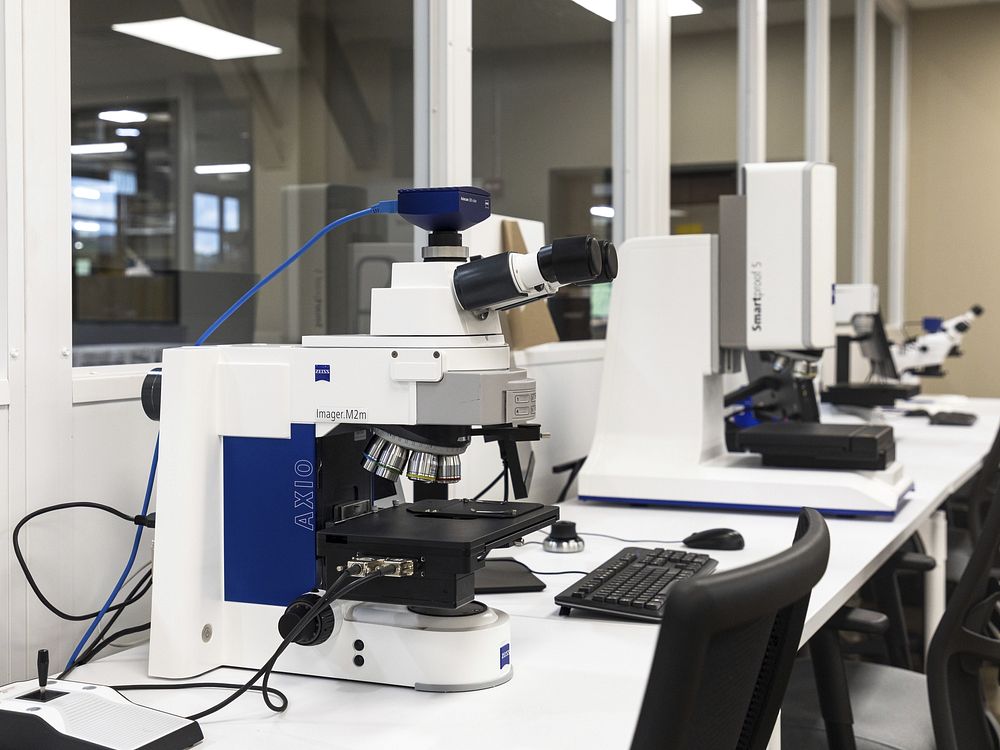Now Reading: Role of orthodontic in Human Identification
-
01
Role of orthodontic in Human Identification
Role of orthodontic in Human Identification
The identification of humans by the means of teeth and dentition is not a new development. It dates back to 65 A.D. when the wife of an ancient King had ordered beheading the King’s mistress and bringing back her head as a proof that she was dead. The head was brought back and the queen identified the head positively by the mistress’s anterior yellow tooth. Several such incidents during wars and mass disasters had taken place over the centuries where tooth had provided as a solid proof of identification of the dead.
Forensic odontology and orthodontic refers to the study and use of teeth, dentition and tooth marks as evidences to identify the victim, suspect or any other person related with some criminal activity for the purpose of justice. Forensic dentists are either called by the medical examiner or the police offer to assist in the investigation process, helping to identify tooth evidences and marks.
The primary requirement for orthodontic and odontology identification is to have an in-depth knowledge about the anatomy of the oral cavity. Every individual has two dentitions during his or her life: the primary(deciduous)dentition and the permanent dentition. Primary tooth development starts from the fourth month of the fetus in the uterus with tooth eruption beginning from 6 months of age. All twenty primary(milk) teeth erupts by 2 years of age. When the child is in the age group of 6 to 8 years, the adult tooth development begins. The primary teeth are replaced by the permanent dentition. The permanent molar teeth are not preceded by any primary molar tooth and hence it develops without any loss of a primary tooth. Humans have 20 milk teeth and 32 permanent teeth. The last tooth to develop is the wisdom tooth (third molars). They might or might not develop in some people and hence not all humans possess a dentition comprising of 32 teeth in total. The distribution of teeth on maxilla(upper jaw) and mandible(lower jaw) are uniform and equal. However, identification of individuals is possible due to the dental fingerprints each o them possess. Each dental fingerprint is as “unique” and individualistic as fingerprints are. No two teeth of different individuals or their dentition shall be exactly alike.
Body identification by dental means start with the access to the dentition. Rigor mortis is the stiffening of muscles in the corpse and it often makes it impossible to open the mandible for examination. To break the rigor, a screw is inserted between the first and second premolars and twisted. If due to fire and decomposition reasons, the victim cannot be viewed at the funeral, the jaws can be cut from the mouth and removed. Examination of the jaws outside the body can be conducted.
Age determination by orthodontic is one of most pivotal applications. The development of teeth is uniform and sequential up to the age of 15 years. It allows age estimation within 1 year. As discussed above, development and mineralization of teeth starts from the fourth month (approximately the 14th week) of intra-uterine life. Due to the metabolic stress induced by the childbirth on tooth-forming cells, a thin band of altered enamel and dentin called the neonatal line is formed. A neonatal line undoubtedly marks the event of birth of an individual. The permanent dentition begins to mineralize at birth and is complete by 14 to 16 years of age. Determination of ages between 15 and 22 years quite heavily depend on the eruption of the third molar or the wisdom tooth. After the age of 22, post-eruptive and degenerative changes are used for age determination. D-aspartic acid allows us to determine age quite precisely and it relies on the time-dependent conversion of L-aspartic acid into D-aspartic acid. Scot suggested that if the root formation is incomplete then the individual is less than 25 years of age.
Tooth structure has also proved efficient in determining the sex of an individual. For most of the teeth, the size and shape for both males and females are quite alike. However, the mandibular cuspid exhibits great sexual dimorphism. A mesiodistal diameter less than 6.7 mm indicates a female whereas a diameter of greater 7 mm indicates a male. The maxillary cuspids are also significant in determining sex. In this case, males have root lengths 3 mm longer than females. Probes of DNA from dental pulp have been used to recognize the sex.
Racial determination by dental means is not a reliable and accurate method. However, a cluster of traits rather than a single trait can be useful in proper diagnosis. Races are divided into three broad categories: Caucasoid, Negroid and Mongoloids. Mongoloids have prominent shovel-shaped maxillary incisors and this trait is present in 85%-99% of their population. The Cusp of Carabelli which is a mesio-lingual accessory cusp found exclusively on the maxillary first permanent molar and its second deciduous molar counterpart is found in 35%-50% of the Caucasoid population. Unlike Mongoloids, Caucasoids lack shovel-shaped maxillary incisors. There are 2 to 3 cusps on mandibular first premolar.
Bite marks are often observed in cases of rape, murder, child abuse and domestic violence. Human bite marks are found on the arms and hands during defensive circumstances. For the proper presentation of bite mark evidence at the court of law, it is necessary to be able to recognize mark pattern, both in animate and inanimate objects. Moreover, it is essential to know what to do after the evidence has been identified as a bite mark. Bite marks on human tissue varies in shape and size and depends on the tissue bitten, biting force and the resistance of the victim to biting. Biting on muscular areas of the body leaves prominent bite marks unlike on fatty tissues. Defensive or aggressive bite marks are less distinct and show more bruising. Bite marks given with consent are prominent and the teeth pattern can be understood well. Hence, they are important evidences to determine the suspect and victim in violent crimes .The time of death can also be estimated using bite marks. In ante mortem bite patterns, diffused bruising is observed. In per mortem bite mark evidences, clear and well-defined bruising pattern results. It is important to note that bite marks can also be analyzed when on inanimate objects like fruits or cheese cubes. They are as promising as those found on a victim’s or suspect’s body.
We have seen bite mark analysis assisting in landmark cases like Nirbhaya rape case in New Delhi which had taken place in 2012. The bite marks on the victim were matched with the cast made from the dentition of the convicts, thus proving them guilty in the court of law. Bite mark analysis has also helped in the conviction of various psychopathic killers, one of whom is Ted Bundy.
In conclusion, I would like to emphasize that cases of genocides and mass disasters have been widely assisted by the help of odontometric evidences. Identification of partially burnt bodies due to bomb blasts, earthquakes and other disasters were made possible through dental remains. However, it is unfortunate that this branch of Forensic Science is yet to develop in our country and techniques in odontology are yet to advance.
References:
1. 1. deccanchronicle.com
2. 2. ncbi.nlm.nih.gov
3. 3. An Introduction to Scientific and Investigative Techniques, Third Edition, Stuart.H.James and Jon.J.Nordby
4. 4.Handbook for Forensic Odontology, Dr.Vikram Ahuja









